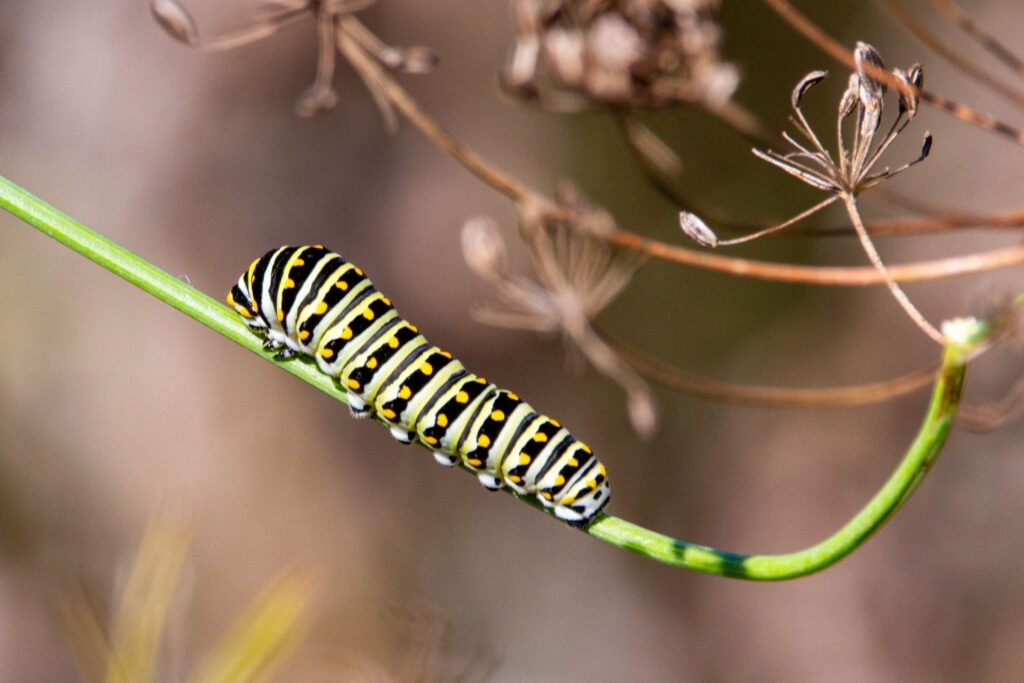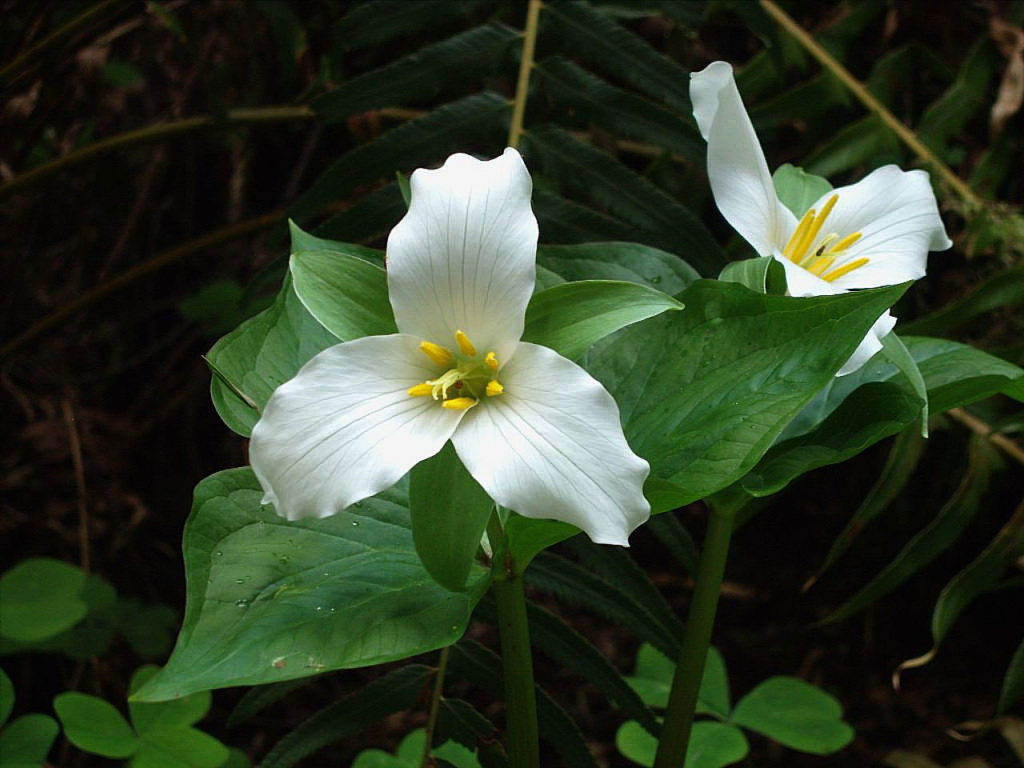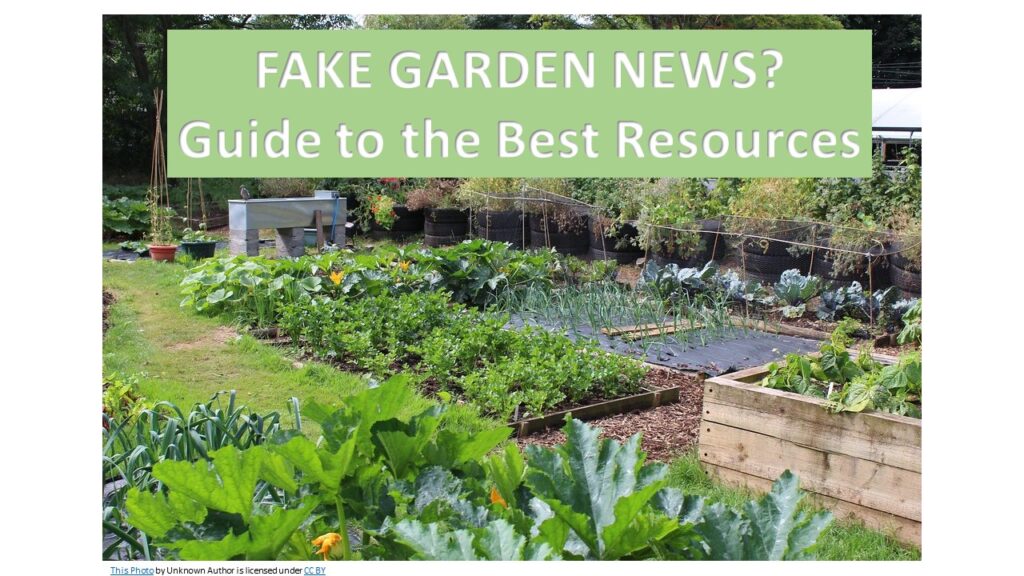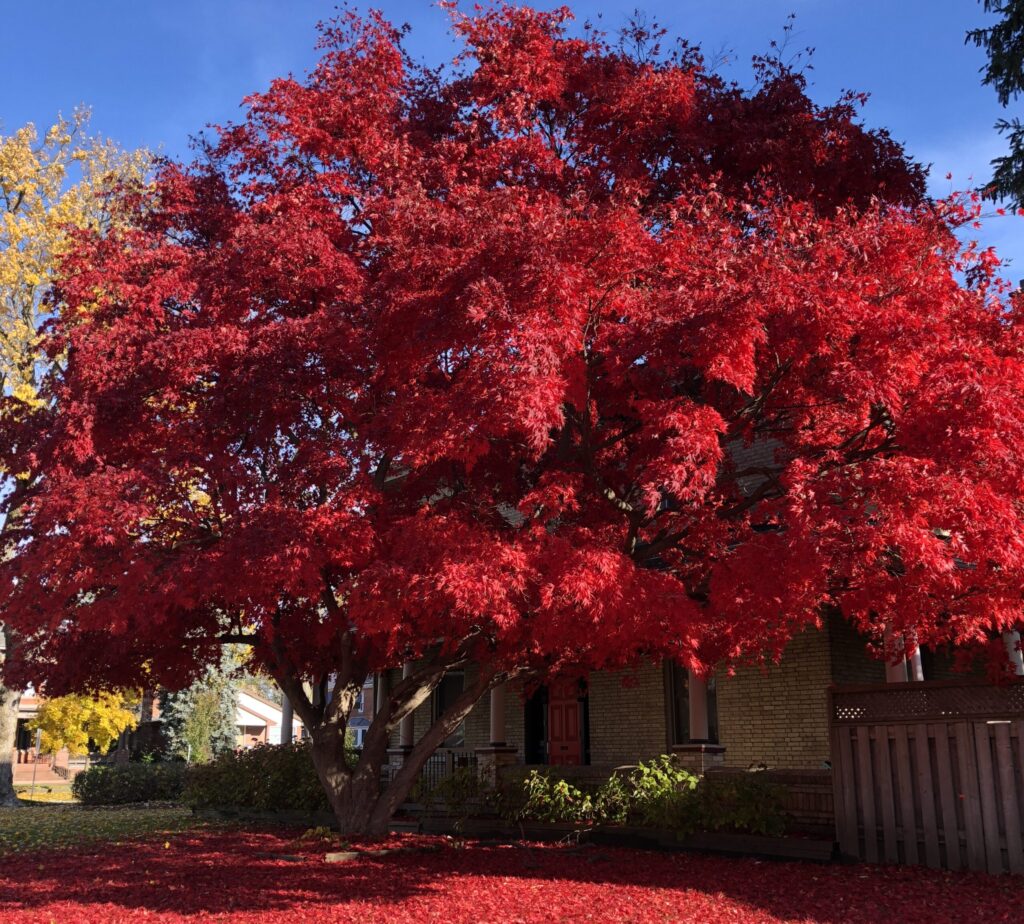
Today I’m pondering my love/hate relationship with caterpillars in the garden
It’s blowing snow outside and while I am warm and cozy by the computer, my garden still brings me cheer. It’s filled with birds flocking to munch on the seed heads I left last fall and nibble at the feeders I’ve put up. Watching these little birds is a happy part of my winter days.
But lately, I’ve been thinking about how I garden and how it affects my feathered friends. Specifically, I’ve been thinking about my arch-nemesis – caterpillars in the garden.

Caterpillars eat the leaves of my beautiful plants and leave them full of holes. They damage my lettuce and kale. And gnaw on my apples.
Caterpillars. Yikes! How do we get rid of them?!
But wait. Didn’t I say I wanted those birds in my garden?

We can’t have birds without caterpillars
This winter, I’ve been working my way through the Canadian Wildlife Association’s Gardening for Wildlife series. And the fact is, I can’t have birds without caterpillars. Naturalist Douglas W. Tallamy estimates that it takes around 6000-9000 caterpillars to raise one clutch of chickadees. That’s a lot of insects! Read more of D.Talamy’s excellent resource “A Chickadees’ Guide to Gardening”
But I don’t just want birds in the garden, I want butterflies too. And all butterflies and moths need to go through a caterpillar stage. In order to hatch those enchanting butterflies, I need caterpillars.
I want to encourage butterflies in my garden. So if I want to have something like the black swallowtail butterfly in my garden (pictured below), I need to provide plants and food for them as a caterpillar (pictured at the top). They love dill and its easy to grow extra just for them.
So I will learn to live with them. Sigh.

Don’t get me wrong. I’m not letting them have my lettuce, kale, or apples. So I will protect my food crops with covers or handpick as needed. Here are 5 ways to protect vegetables.
And I will be vigilant to rid my trees of invasive pests like LDD Moths (previously called gypsy moth).
But I also will garden in a way that lets nature complete its cycle. And maybe its OK if there are a few holes on a couple of plants.
Because I’m learning that when nature is in balance, beautiful things happen!





About The Author: Kim Nikkel
From kiwis to apples, Kimberly grows fruit holistically in her garden just outside of London, Ontario. One of her favourite parts of gardening is watching the bees poke their heads into the masses of flowers that surround her fruit trees.
More posts by Kim Nikkel